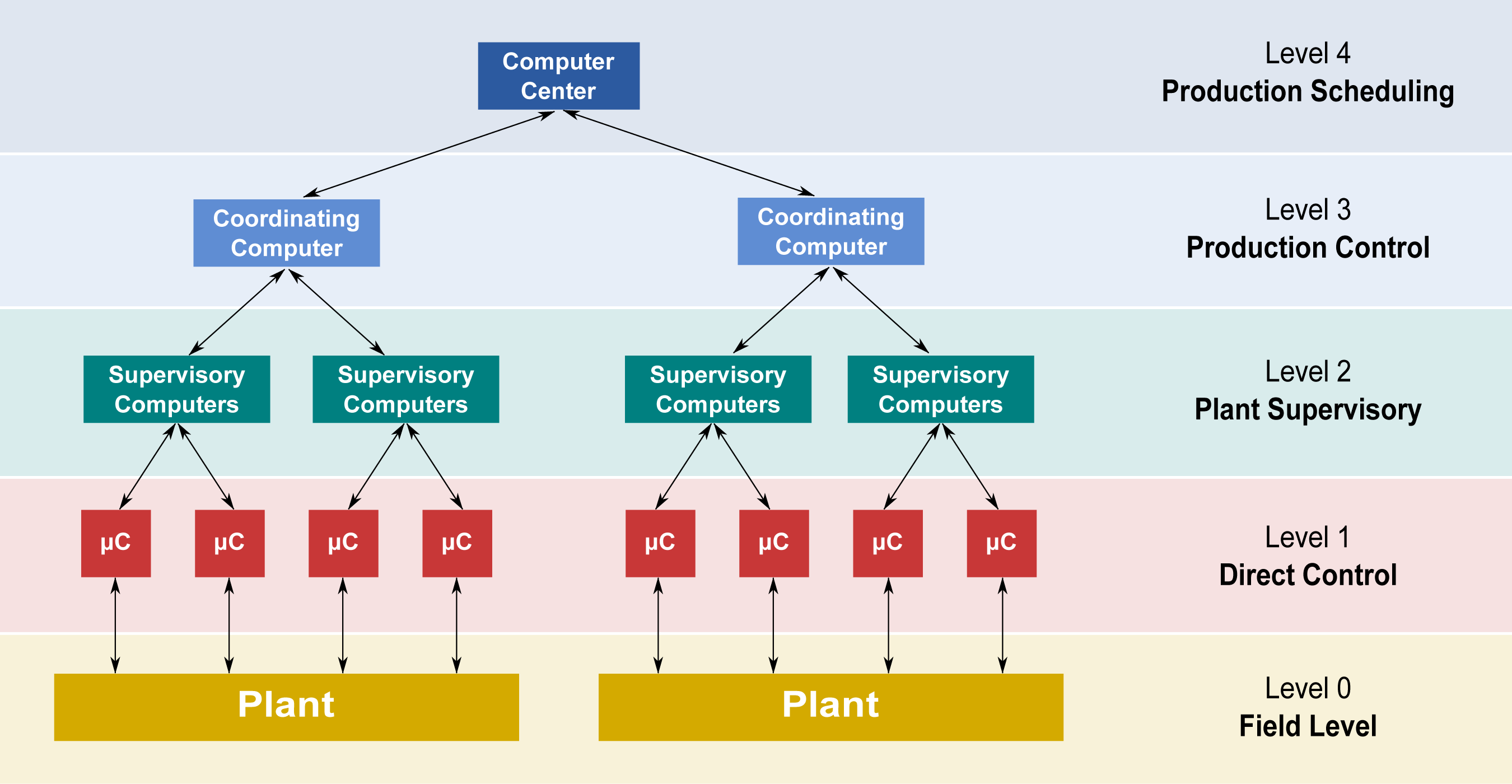Wireless SCADA: Game-Changing Developments in RF Engineering
The development of wireless SCADA and its benefits in industrial applications
SCADA is the architecture that enables manufacturing, mining, agricultural and other industrial control systems to function smoothly.
But what is SCADA, exactly? And how have recent developments in wireless communication engineering changed the game for wireless SCADA?
Heads up: Our previous post “What is Wireless SCADA and How Does it Work?” provides a helpful introduction to SCADA systems.
What is wireless SCADA?
SCADA, or Supervisory Control and Data Acquisition, is the control system comprising data monitoring, information transfer, analysis, and asset control.
It’s not one thing; SCADA is a network that allows humans to interface with and control equipment remotely.
In other words, SCADA is the system that powers high-level supervision of machines and processes.
Data flows from sensors and actuators through PLCs and RTUs to software that helps human operators interpret the information. After analysing the data, the operator issues commands that travel the same path in reverse to control the equipment.
In practice, SCADA enables an operator to monitor and control tens to thousands of process loops.
This diagram explains the hierarchy of a SCADA system:

Wireless SCADA: Innovation or inevitability?
SCADA systems typically combine wired and wireless technology, although wireless SCADA networks are increasingly common. That’s because wireless communication engineering has made leaps and bounds in reliability, stability and power, especially in the last 10 to 15 years.
In particular, web-based SCADA technologies enable operators to receive information and issue commands from anywhere in the world. Web-based wireless SCADA has several benefits:
- Remote control of widely distributed network
- Easy client-side installation and setup
- Access from any device, anywhere
- Real-time information exchange
However, there is one significant concern for web-based SCADA networks.
Can you guess what it might be?
Security issues
SCADA systems control some of society’s critical utilities and operations, such as wastewater management, electricity, traffic lights and rail networks. Cybersecurity experts have long held concerns about the vulnerabilities of web-based SCADA.
In fact, some attacks have threatened the functioning of web-based SCADA systems. Notable examples include a New York dam in 2013, a German steel mill in 2014, and a Saudi petrochemical factory in 2017.
Our solution: Hybrid wireless SCADA
For security reasons, as well as stability and control, STI Engineering typically recommends using a combination of Ethernet bridges and RF radios to implement a wireless SCADA network.
Essentially, this means using our RFI-ESM module to link the central control computer with an RF unit. That RF unit communicates wirelessly with other radios or PLCs to gather data and transmit commands.
Connecting wireless SCADA systems to control units via Ethernet is more secure, while still providing a solution for wide-area telemetry.
Plus, our Ethernet Serial Module provides flexibility to implement serial device networks or traditional systems with the convenience of Ethernet and the scale capabilities of wireless telemetry.
Wireless SCADA for remote applications
STI Engineering has been Australia’s leading name in wireless communication engineering and SCADA since the early 1990s. Today, our industry-leading wireless SCADA innovations, including solar-powered I/O systems and powerful VHF/UHF transmitter bases, enable wide-area telemetry in the country’s most remote areas.
For mining companies, transport networks, utilities and agriculture, STI Engineering is the only name in wireless SCADA.
Learn more about our SCADA solutions or contact our team to discuss your requirements.